The Shag Haircut: A Timeless Rockstar Look for All Ages | The Ultimate Guide
The Enduring Allure of the Shag Haircut
From the smoky rock clubs of the 1970s to the high-fashion runways of today, one hairstyle has consistently defined effortless cool: the shag haircut. It’s more than just a cut; it’s an attitude. A symbol of rebellion, freedom, and self-expression, the shag’s choppy layers, textured finish, and face-framing fringe have been embraced by rockstars, icons, and everyday trendsetters for over half a century. Its remarkable versatility is its secret weapon, allowing it to be tailored to any hair type, face shape, or personal style, making it a truly timeless choice for all ages.
This iconic cut is characterized by its heavily layered construction, typically shorter on top and longer towards the bottom, creating a cascade of texture and incredible volume. Unlike more structured cuts, the shag is designed to look lived-in and perfectly imperfect. Whether you're considering a dramatic hair transformation or simply want to add some edge and movement to your current look, the shag haircut offers a world of possibilities. In this comprehensive guide, we'll explore the history of this legendary style, break down its modern variations, explain why it’s universally flattering, and provide you with the expert advice you need to achieve and maintain the perfect shag.
What Exactly Defines a Shag Haircut?
The shag haircut is fundamentally a masterpiece of layering and texture. Its defining characteristic is heavily feathered or razored layers, concentrated around the crown and gradually getting longer. This technique creates a 'shaggy' effect that boosts volume at the roots and thins out towards the ends, resulting in a shape that is both full-bodied and beautifully undone. The goal is to build movement and remove bulk in a strategic way, allowing the hair to fall with a natural, effortless flow that other haircuts struggle to replicate. A signature element that often accompanies the shag is a fringe, most famously curtain bangs, which blend seamlessly into the shorter face-framing layers, but any style of bang can be incorporated.
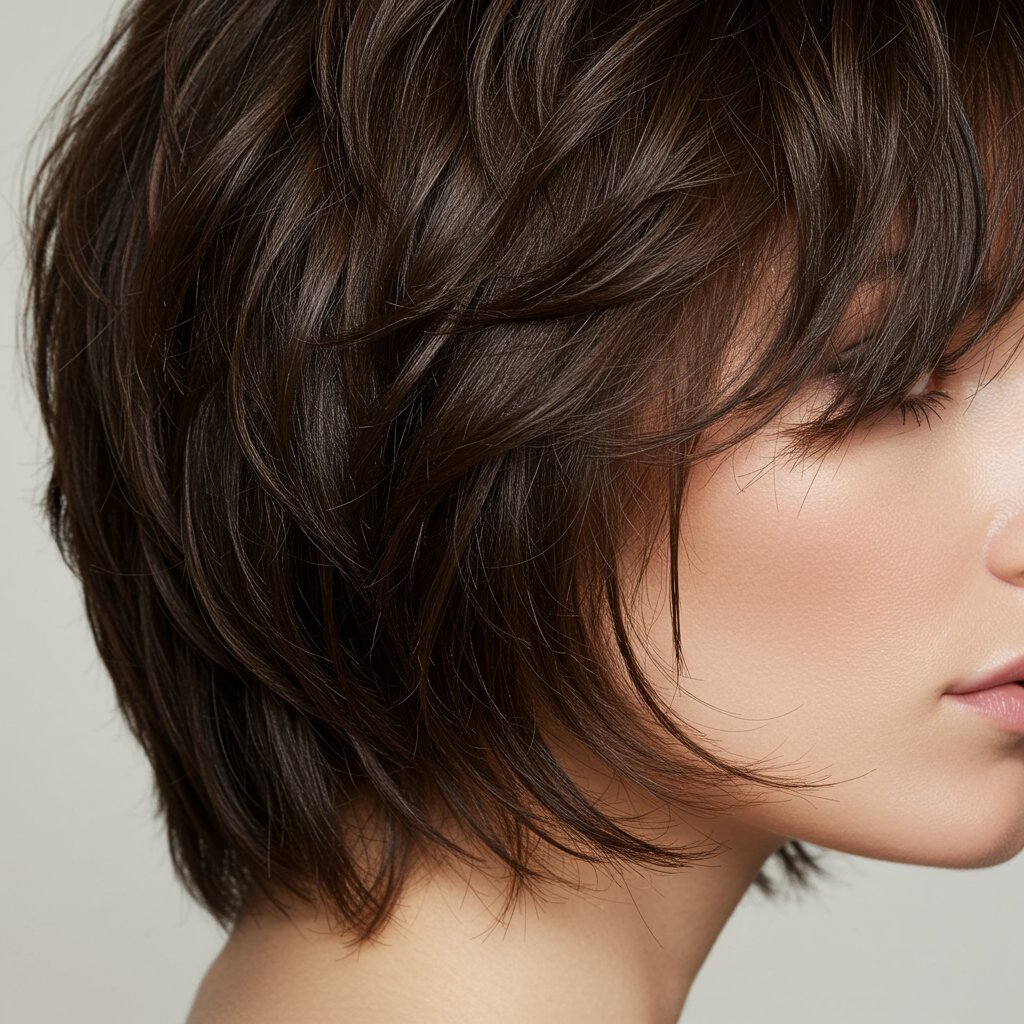
It’s crucial to differentiate the shag from other layered styles. A standard layered cut typically involves long, blended layers designed to add subtle movement without sacrificing weight at the bottom. A mullet, on the other hand, is a more disconnected style with a short top and a long back—business in the front, party in the back. The shag sits in a stylish middle ground. It marries the volume of a shorter cut with the length of a longer one, connecting the top layers to the bottom through a seamless, textured graduation. This expert blending is what gives the shag its signature rock-and-roll silhouette and prevents it from looking dated or severe.
The Key Elements of a Shag:
- Crown Layers: Short, choppy layers on top to create volume and lift.
- Textured Ends: Often cut with a razor or point-cutting to create a wispy, feathered finish.
- Face-Framing Layers: Layers that start around the cheekbones or jawline to soften features and blend with the fringe.
- A Signature Fringe: While not mandatory, bangs (especially curtain bangs) are a classic component that completes the look.
The Rockstar Roots: A Brief History of the Shag
The shag haircut roared onto the scene in the early 1970s, a period of cultural revolution and sartorial rebellion. It was the antithesis of the stiff, coiffed hairstyles of the previous decade. The shag was unisex, wild, and unapologetically low-maintenance, perfectly capturing the free-spirited ethos of the era. Hairdresser Paul McGregor is often credited with its creation, famously giving Jane Fonda the haircut for her role in the 1971 film Klute. Her iconic 'Klute shag' became an instant phenomenon, inspiring millions to chop their hair into the textured, liberating style.
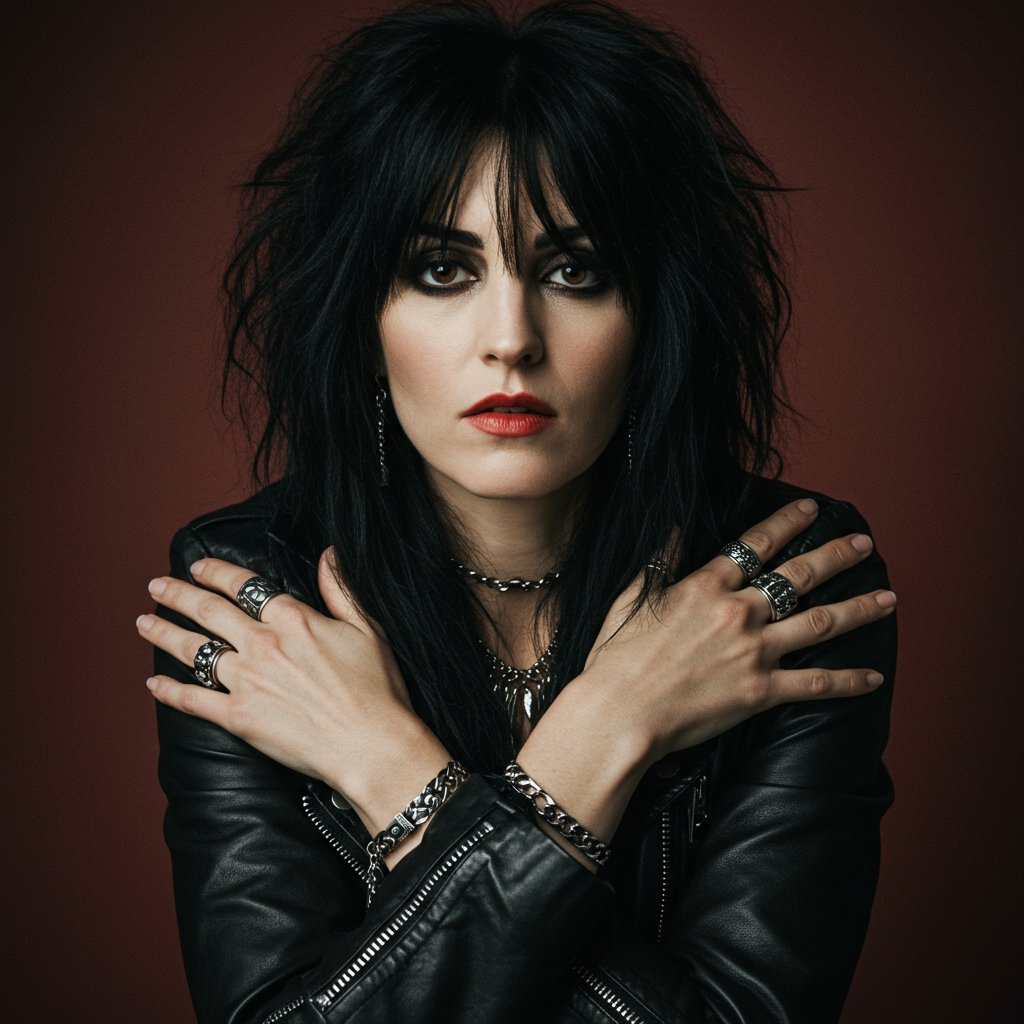
Beyond Fonda, the shag became the unofficial uniform of rock royalty. Icons like Joan Jett, with her jet-black, razor-sharp shag, cemented its connection to punk rock and female empowerment. On the male side, rock gods like Mick Jagger, Rod Stewart, and David Bowie (in his Ziggy Stardust phase) embraced the shag’s androgynous appeal, blurring gender lines and setting new standards for masculine style. This haircut wasn’t just a trend; it was a statement. It signaled a break from convention and an embrace of a more authentic, raw, and expressive identity, which is why its rebellious spirit continues to resonate so strongly today.
The Modern Shag Evolution: From Wolf Cuts to Bixies
While its roots are firmly in the 70s, the shag haircut has proven to be a master of reinvention. Today’s stylists have adapted the classic silhouette into a myriad of contemporary forms that feel fresh, exciting, and perfectly suited for the modern aesthetic. These new iterations play with length, texture, and layering techniques, offering a version of the shag for literally everyone. The core principles of volume at the crown and textured ends remain, but the execution has evolved.
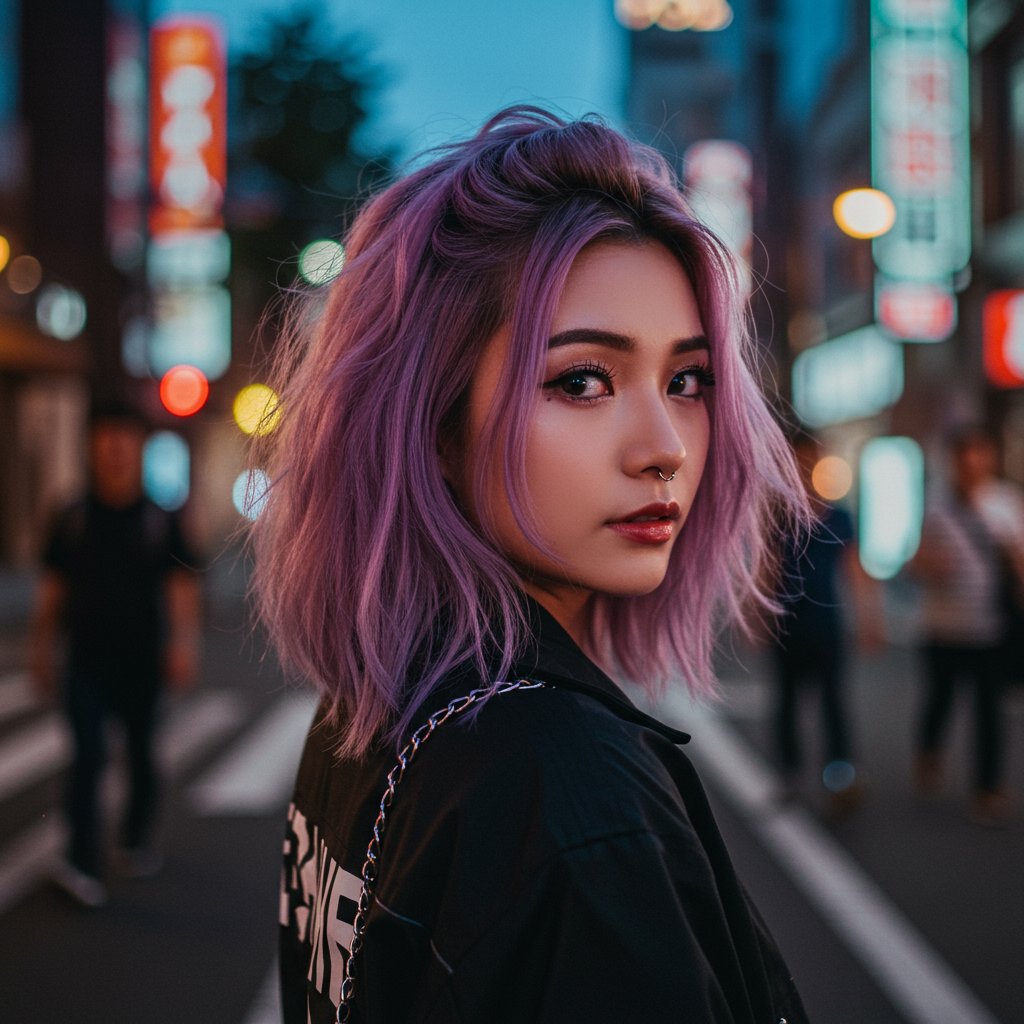
One of the most popular modern variations is the wolf cut. This hybrid style, which exploded in popularity on social media, combines the heavy top layers of a shag with the longer, disconnected length of a mullet. It’s a bolder, more statement-making take on the classic. Another variation is the octopus cut, which features a more rounded, bob-like shape on top with longer, tentacle-like tendrils underneath. For those who prefer shorter hair, the shaggy bob (or 'shob') offers the texture and layers of a shag on a chin-to-shoulder-length cut. And for the truly daring, the bixie merges the short length of a pixie with the choppy layers of a shag, creating a chic, edgy, and surprisingly versatile look. Celebrities like Taylor Swift, Jenna Ortega, and Miley Cyrus have all championed different versions of the modern shag, proving its adaptability and enduring appeal in the 21st century.
Why the Shag Works for Every Hair Type and Face Shape
One of the most compelling attributes of the shag haircut is its incredible versatility. A skilled stylist can tailor the cut to enhance any natural hair texture and flatter any face shape, making it a truly universal style. It's not a one-size-fits-all cut but rather a customizable framework that can be adapted to highlight your best features.
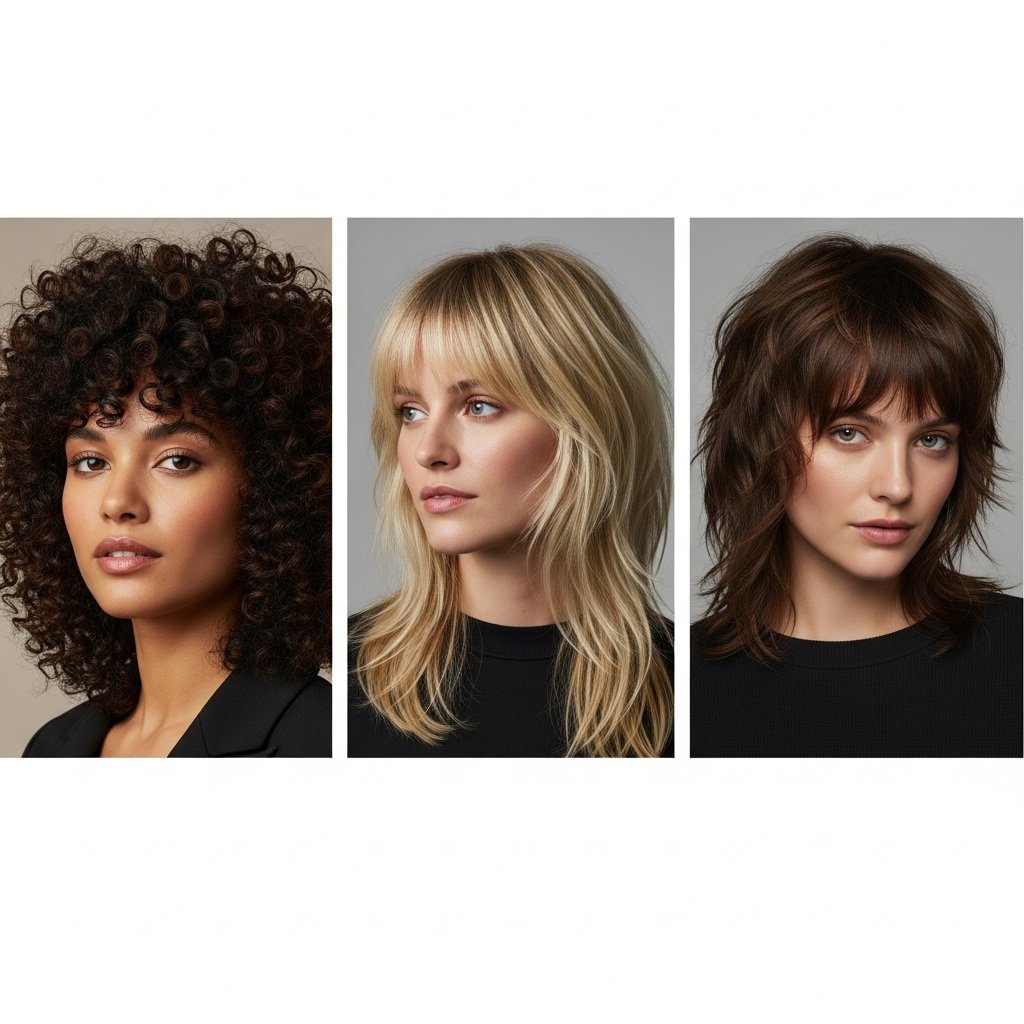
For Every Hair Type:
- Fine Hair: The biggest challenge for fine hair is a lack of volume. The shag is the perfect solution. The short layers on top instantly create lift at the crown, making hair appear fuller and more abundant. The textured ends add movement, preventing the hair from falling flat and looking limp.
- Thick Hair: For those with thick, heavy hair, the shag is a game-changer. An experienced stylist can use razoring and strategic layering to remove immense weight and bulk, giving the hair shape, movement, and a lighter feel without sacrificing length. It tames unruly hair into a manageable, stylish shape.
- Wavy & Curly Hair: The shag and natural texture are a match made in heaven. The layers are designed to work with, not against, curls and waves. They enhance the natural pattern, reduce the dreaded 'triangle' shape that can happen with one-length cuts, and encourage beautiful definition and bounce.
- Straight Hair: A shag can transform straight hair from flat to fabulous. The choppy layers and textured ends create the illusion of movement and body that straight hair often lacks. It adds an edgy, piecey dimension that prevents the style from looking too severe or boring.
For Every Face Shape:
- Oval: Considered the most versatile face shape, oval faces can pull off nearly any shag variation, from short and choppy to long and flowing.
- Round: For round faces, a shag with longer, face-framing layers and some height at the crown can help to elongate the face. A side-swept fringe is often more flattering than a heavy, blunt bang.
- Square: The soft, wispy layers of a shag are perfect for softening the strong jawline of a square face. Curtain bangs and layers that fall around the chin can add beautiful curves and dimension.
- Heart: For heart-shaped faces, a shoulder-length shag with layers that create fullness around the jawline can help to balance a wider forehead and narrower chin. Curtain bangs are also an excellent choice to draw attention to the eyes.
Customizing Your Shag: Lengths, Layers, and Bangs
Personalizing your shag is key to making the style truly your own. The beauty of this cut lies in its adaptability, and the three main variables to discuss with your stylist are length, the type of layers, and the style of your bangs. These elements work together to create a silhouette that perfectly matches your hair, face shape, and lifestyle.
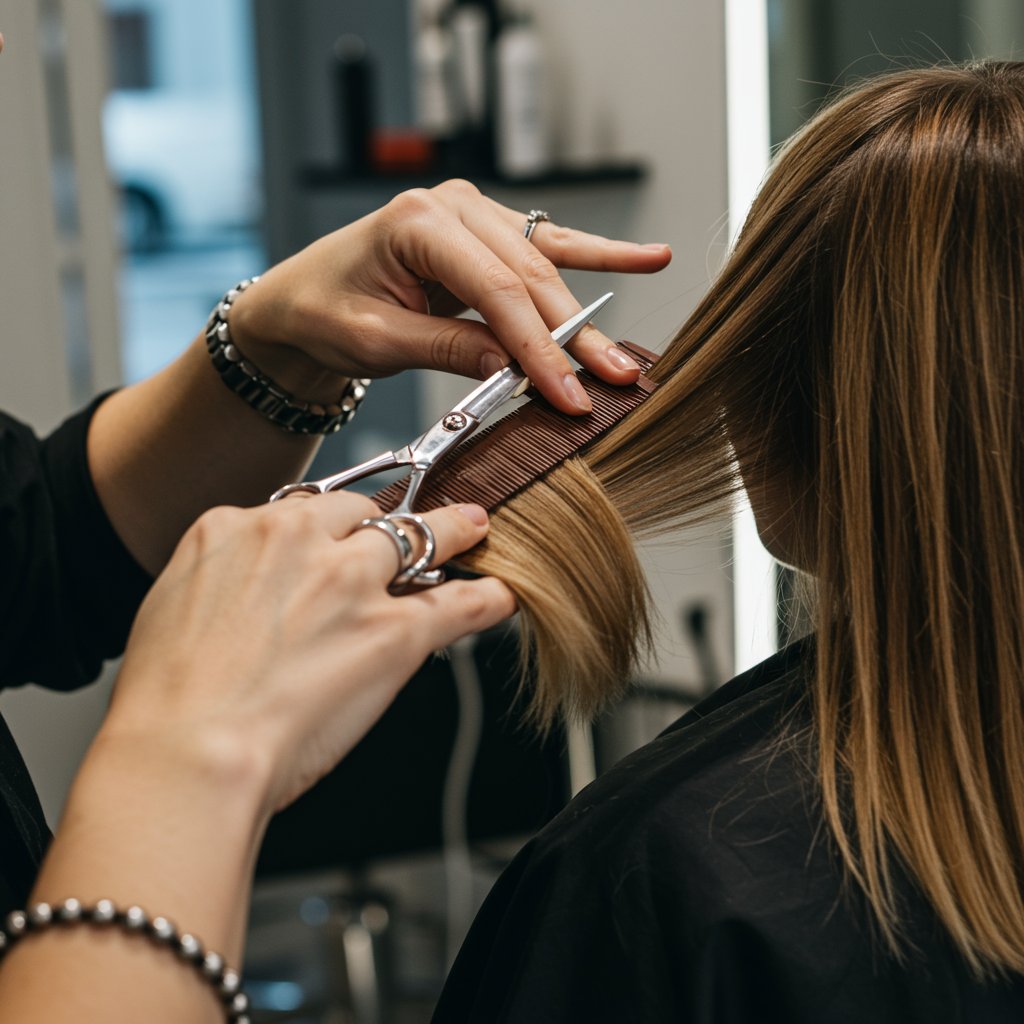
Choosing Your Length:
- Short Shag: Ranging from a pixie-shag hybrid (bixie) to a chin-length bob, a short shag is edgy, bold, and surprisingly low-maintenance. It's perfect for highlighting cheekbones and creating maximum volume.
- Medium Shag: The classic shoulder-length shag is arguably the most popular and versatile version. It offers the perfect balance of length and texture, allowing for easy styling while still showcasing the cut's signature layers.
- Long Shag: For those who want to keep their length, a long shag introduces layers and movement to prevent long hair from looking heavy. It creates a beautiful, bohemian, 70s-inspired vibe with tons of flow and texture.
Deciding on Layers and Bangs:
- Layer Style: Your layers can be soft and blended for a more subtle, romantic look, or they can be sharp, choppy, and disconnected for a more dramatic, punk-rock edge. A razor is often used to create the latter, resulting in wispy, highly textured ends.
- Bang Style: Bangs are the final flourish. Curtain bangs are the shag's natural partner, parting in the middle and sweeping to the sides to frame the face beautifully. A blunt fringe can create a striking, high-fashion contrast with the choppy layers. Wispy, piecey bangs enhance the overall undone look, while bold baby bangs offer a quirky, retro feel.
Styling Your Shag at Home: The Effortlessly Cool Guide
The ultimate appeal of the shag is its 'I woke up like this' aesthetic. However, achieving that perfect level of undone chic often requires a little help from the right products and techniques. The goal is not to make it look perfectly styled, but to enhance its natural texture and shape.
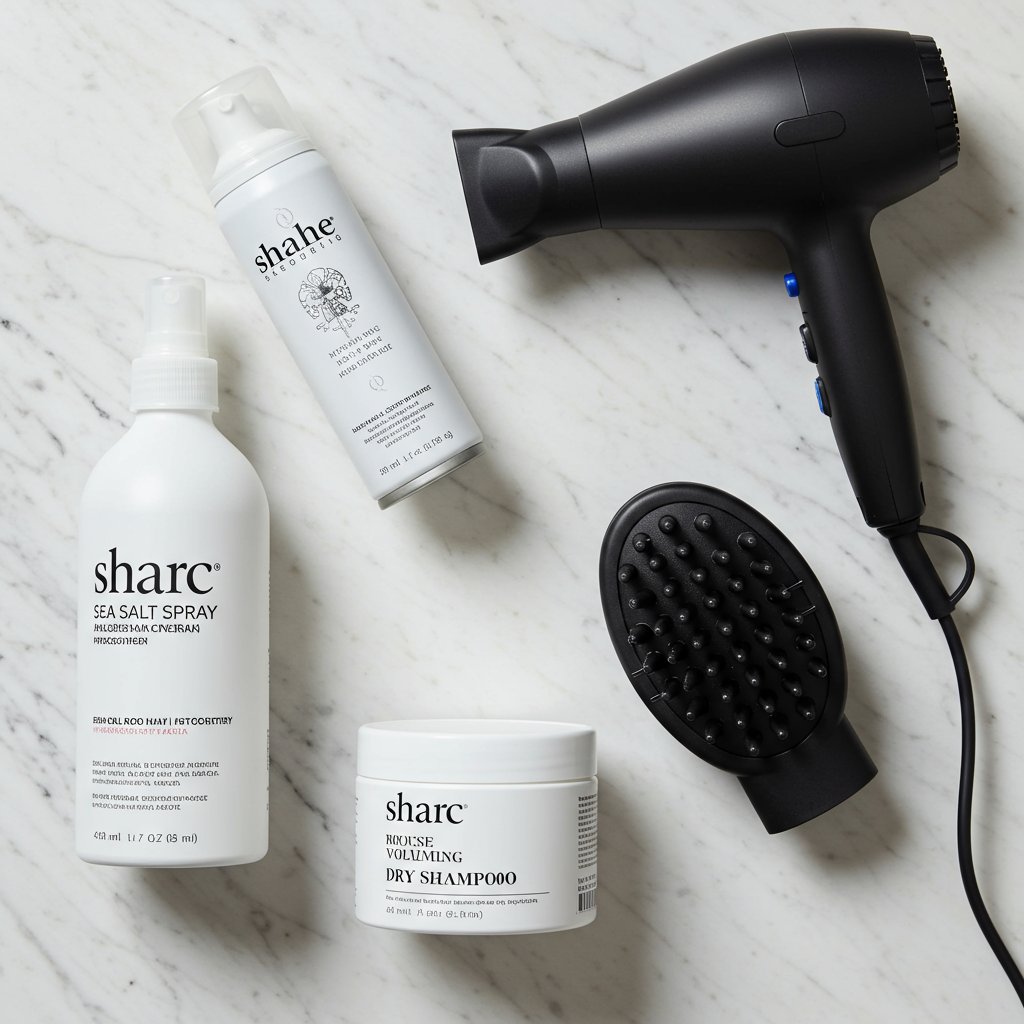
Essential Products:
- Texturizing Spray or Sea Salt Spray: This is non-negotiable for any shag owner. A few spritzes on damp or dry hair will add grit, enhance waves, and create that coveted piecey separation.
- Mousse or Volumizing Foam: Applied to damp roots before drying, mousse can provide incredible lift and volume, which is the foundation of the shag's shape.
- Light-Hold Hairspray: You want to lock in the style without making it stiff. A flexible-hold spray will control frizz and maintain texture while allowing for natural movement.
- Dry Shampoo: A shag's best friend for second-day (or third-day) hair. It absorbs oil at the roots while adding volume and a matte texture, instantly reviving the style.
Foolproof Techniques:
- Embrace the Air-Dry: The shag is designed for minimal effort. After applying mousse and a sea salt spray, simply scrunch your hair with your hands and let it air-dry for the most natural finish.
- Master the Diffuser: If you're short on time or have wavy/curly hair, a diffuser attachment on your blow dryer is essential. It distributes heat gently, encouraging curl patterns and building volume without creating frizz.
- Add Subtle Bends: For straighter hair types, use a flat iron or wand to add a few random, imperfect bends in the mid-lengths of your hair. The key is to not create uniform curls; you want a more random, lived-in wave.
- The Flip and Shake: Once your hair is dry and styled, flip your head upside down and give it a good shake. This simple move will instantly boost volume at the roots and loosen up the layers for that perfect rockstar finish.
Frequently Asked Questions About the Shag Haircut
1. How often does a shag haircut need to be trimmed? To maintain the shape and prevent the layers from growing out awkwardly, it's recommended to get a trim every 6-10 weeks. Shorter shags may require more frequent visits to keep their sharp silhouette.
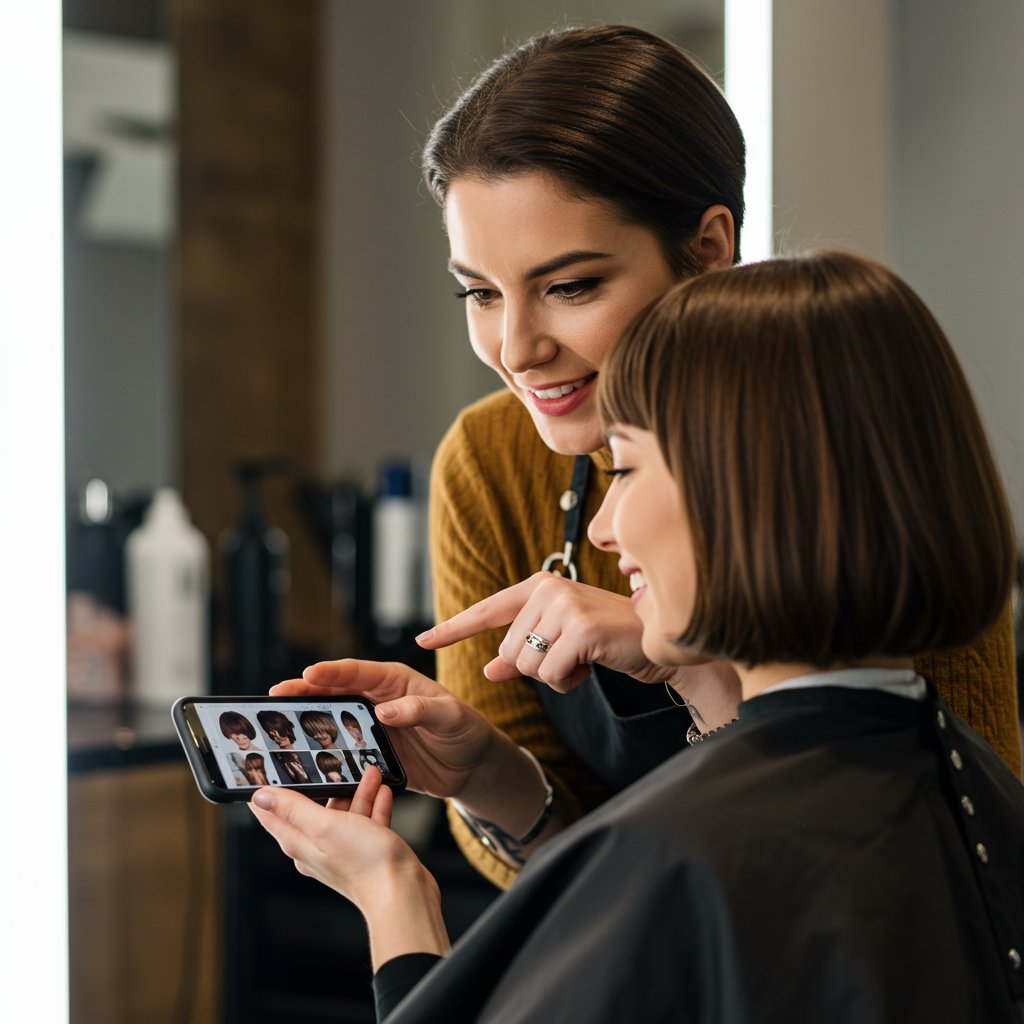
2. Is a shag haircut considered high-maintenance? It's a mix. The daily styling is typically very low-maintenance, as it's designed to look a bit messy. However, it does require regular trims to keep its shape. So, it's low on daily effort but requires consistent professional maintenance.
3. Can I get a shag if I have very fine, thin hair? Absolutely! A shag is one of the best haircuts for fine hair. The layers create the illusion of thickness and volume that fine hair often lacks. Be sure to find a stylist experienced in cutting shags on fine hair to ensure they don't remove too much weight from the ends.
4. What is the main difference between a shag and a wolf cut? The two are very similar, but the wolf cut is generally a more extreme, modern version. A wolf cut typically has the choppy, short layers of a shag on top combined with the longer, more distinct length of a mullet at the back. A classic shag has more blended, graduated layers throughout.
5. Does a shag haircut work for older women? Yes, the shag is a fantastic, age-defying haircut. Its soft, face-framing layers can soften features, and the added volume at the crown provides a youthful lift. It's a chic, modern, and stylish option for women of all ages.
6. What are the top 3 essential products for styling a shag? If you could only choose three, they would be: 1) a quality sea salt or texturizing spray to create grit and separation, 2) a volumizing mousse to apply at the roots for lift, and 3) a dry shampoo to refresh and add texture on non-wash days.
The Verdict: Why the Shag Reigns Supreme
Decades after it first shook up the world of hair, the shag haircut remains as relevant and desirable as ever. Its unique ability to be both rebellious and chic, polished and undone, makes it a true chameleon of style. It's a haircut that doesn't just change your look—it can change how you feel, infusing a sense of confidence, freedom, and effortless cool into your daily life.
Whether you opt for a classic 70s-inspired cut, a modern wolf cut, or a chic shaggy bob, you're embracing a legacy of iconic style. The shag is a celebration of texture, movement, and individuality. If you're ready to unleash your inner rockstar and try a style that is endlessly adaptable and eternally cool, a consultation with an experienced stylist is the first step. They can help you design the perfect shag that complements your features, suits your lifestyle, and allows your personality to shine through.


